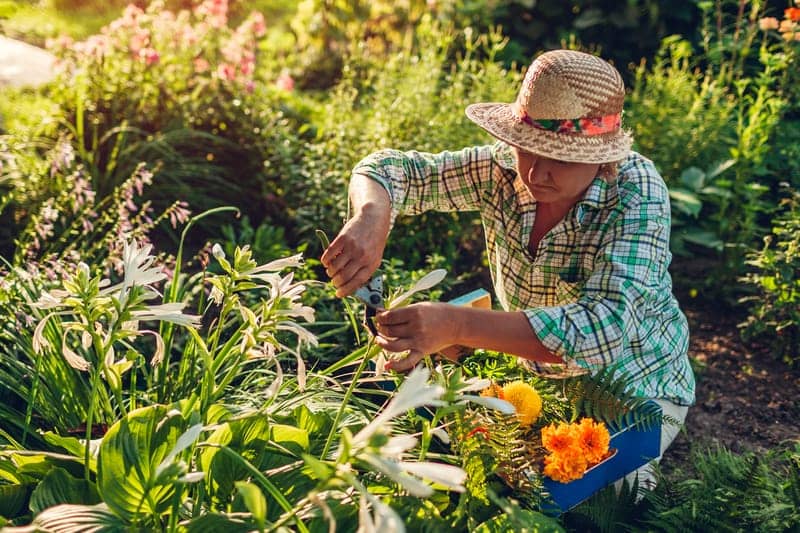Researchers at the University of Colorado Boulder found that community gardening increases physical activity and provides many more benefits that could help physical therapy patients.
Funded by the American Cancer Society, the first-ever, randomized, controlled trial of community gardening found that those who started gardening ate more fiber and got more physical activity—two known ways to reduce risk of cancer and chronic diseases. They also saw their levels of stress and anxiety significantly decrease.
The findings were published this month in the journal Lancet Planetary Health.
“These findings provide concrete evidence that community gardening could play an important role in preventing cancer, chronic diseases and mental health disorders,” says senior author Jill Litt, a professor in the Department of Environmental Studies at CU Boulder.
Fill the Research Gap
Litt has spent much of her career seeking to identify affordable, scalable, and sustainable ways to reduce disease risk, especially among low-income communities.
Gardening seemed an ideal place to start.
“No matter where you go, people say there’s just something about gardening that makes them feel better,” says Litt, who is also a researcher with the Barcelona Institute for Global Health.
But solid science on its benefits is hard to come by. Without evidence, it’s hard to get support for new programs, she says.
To fill the gap, Litt recruited 291 non-gardening adults, average age of 41, from the Denver area. After the last spring frost, half were assigned to the community gardening group and half to a control group that was asked to wait one year to start gardening.
The gardening group received a free community garden plot, some seeds and seedlings, and an introductory gardening course through the nonprofit Denver Urban Gardens program and a study partner.
Both groups took periodic surveys about their nutritional intake and mental health, underwent body measurements, and wore activity monitors.
A Fiber Boost
By fall, those in the gardening group were eating, on average, 1.4 grams more fiber per day than the control group—an increase of about 7%.
The authors note that fiber exerts a profound effect on inflammatory and immune responses, influencing everything from how we metabolize food to how healthy our gut microbiome is to how susceptible we are to diabetes and certain cancers.
While doctors recommend about 25 to 38 grams of fiber per day, the average adult consumes less than 16 grams.
“An increase of one gram of fiber can have large, positive effects on health,” says co-author James Hebert, director of University of South Carolina’s cancer prevention and control program.
The gardening group also increased their physical activity levels by about 42 minutes per week. Public health agencies recommend at least 150 minutes of physical activity per week, a recommendation only a quarter of the US population meets. With just two to three visits to the community garden weekly, participants met 28% of that requirement. This certainly suggests gardening increases physical activity.
Study participants also saw their stress and anxiety levels decrease, with those who came into the study most stressed and anxious seeing the greatest reduction in mental health issues.
The study also confirmed that even novice gardeners can reap measurable health benefits of the pastime in their first season. As they have more experience and enjoy greater yields, Litt suspects such benefits will increase.
Litt says she hopes the findings will encourage health professionals, policymakers, and land planners to look to community gardens, and other spaces that encourage people to come together in nature, as a vital part of the public health system. The evidence is clear, she says. Gardening works.
Researchers from the Colorado School of Public Health, University of Colorado Cancer Center, Colorado State University and Michigan State University also contributed to this study.





